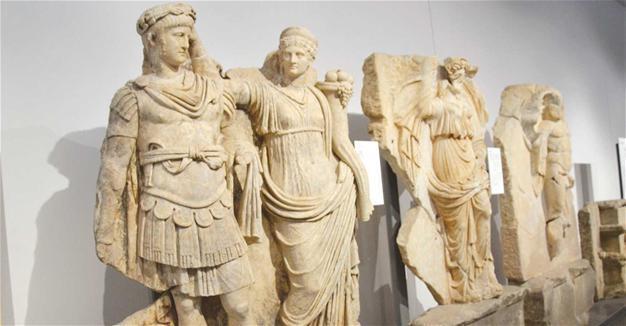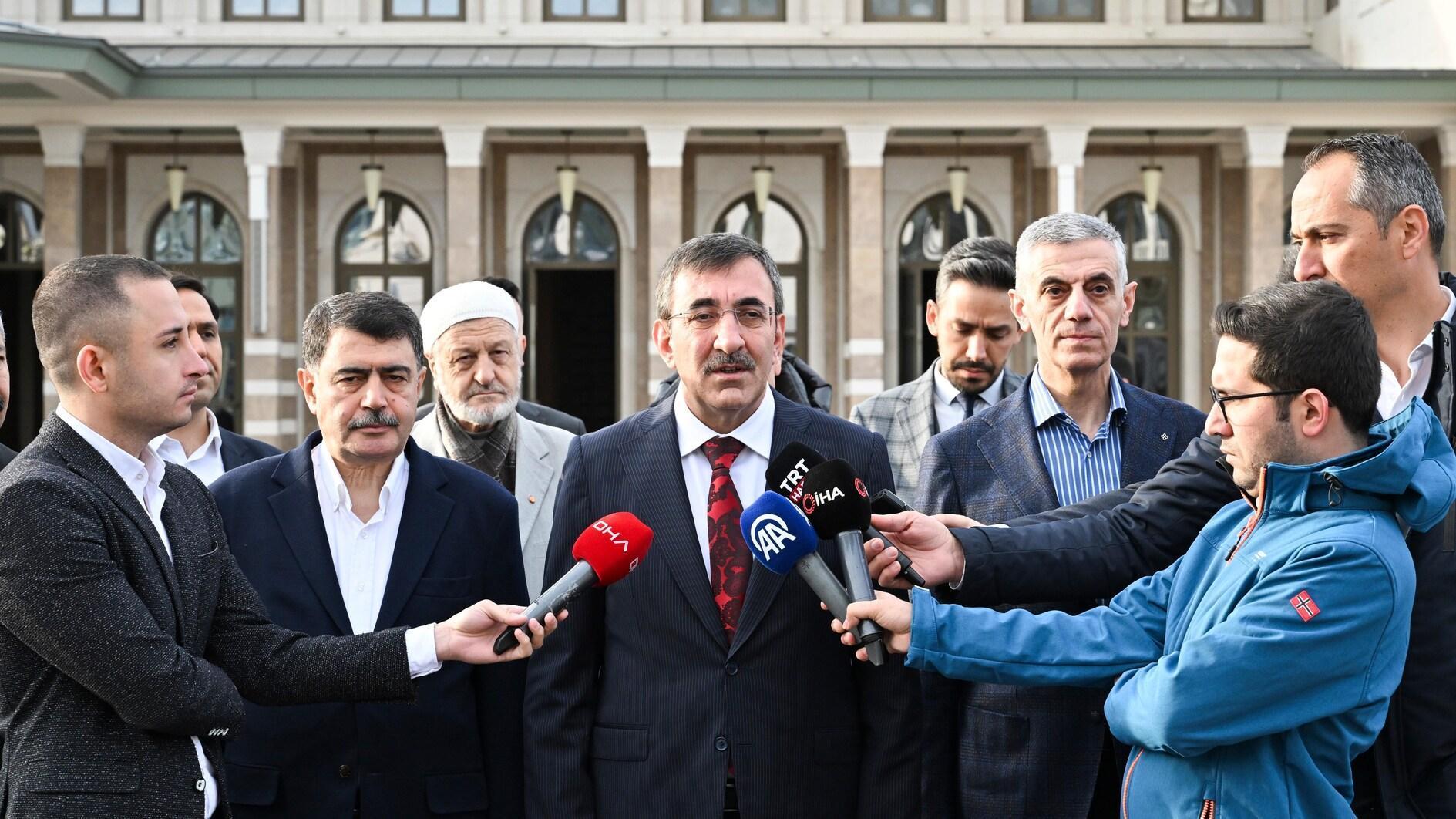Museum in Turkey's Aydın takes visitors back 2,500 years ago
AYDIN – Anadolu Agency
 With a veritable treasure trove of sculptures, the Afrodisyas Museum near Turkey’s Aegean coast takes visitors back more than two millennia to sample some of the most striking statues produced in the region.
With a veritable treasure trove of sculptures, the Afrodisyas Museum near Turkey’s Aegean coast takes visitors back more than two millennia to sample some of the most striking statues produced in the region.The ancient city of Aphrodisias, which is on the UNESCO World Heritage Temporary list, is located in the western province of Aydın’s Karacasu district.
Excavations in the ancient city were commenced in 1904 by foreign archaeologists. Between 1961 and 1990, more comprehensive works were conducted in the city under the leadership of Professor Kenan Erim.
After Erim’s death, Oxford University Professor Roland R.R. Smith headed the excavations; the statues that were found during these works are now on display at the museum.
The 300 statues on display are the work of the Aphrodisias School and draw attention to elements such as women, family and mythology.
The original reliefs are placed opposite to each other in a special corridor in the museum, emulating how there installed on the street in front of the Sebasteion Temple in the ancient city’s center.
Output from sculpting school
The ancient city of Aphrodisas was formed in the fifth century B.C. and developed during the Roman Empire period, becoming a significant center of the arts, especially in sculpture.
Aydın Museum Directorate Researcher Yusuf Yılmaz said almost all of the findings on show were statues that were created by the sculpting school in Aphrodisias.
“The sculptors’ reliefs found in the excavations are really striking. We see their talent and learn about the Aphrodisias School. A detailed examination of the statues shows us mythological scenes and the lives of emperors at the time. We see that the victories of emperors were related in the statues. Human anatomy is featured in the marble very well. Foreign and local visitors appreciate the museum,” Yılmaz said. “The ones in the special corridor especially feel like they are in an atmosphere of 2,500 years ago.”
Yılmaz said the Blue Horse statue in the museum was another significant finding and that it was one of the most important artifacts in the museum as it was made of solid, black-and-white marble.
“A scene is depicted here. Only the horse and a foot of the rider were found in the excavations. Excavations are ongoing to find the other pieces. It tells a scene from the Trojan War. The Amazon Queen Penthesileia joined the war together with the Trojan people. She was injured by Achilles in the war. Then Achilles falls in love with her and the statue depicts him taking her from the war,” he said.
















